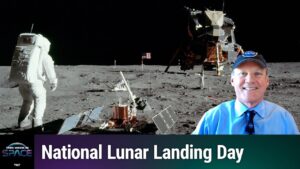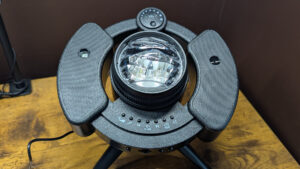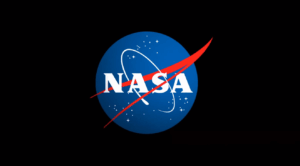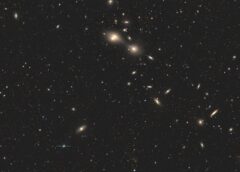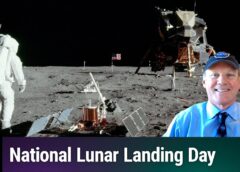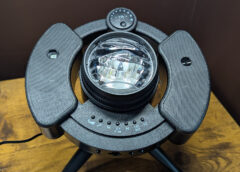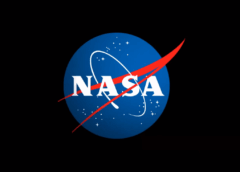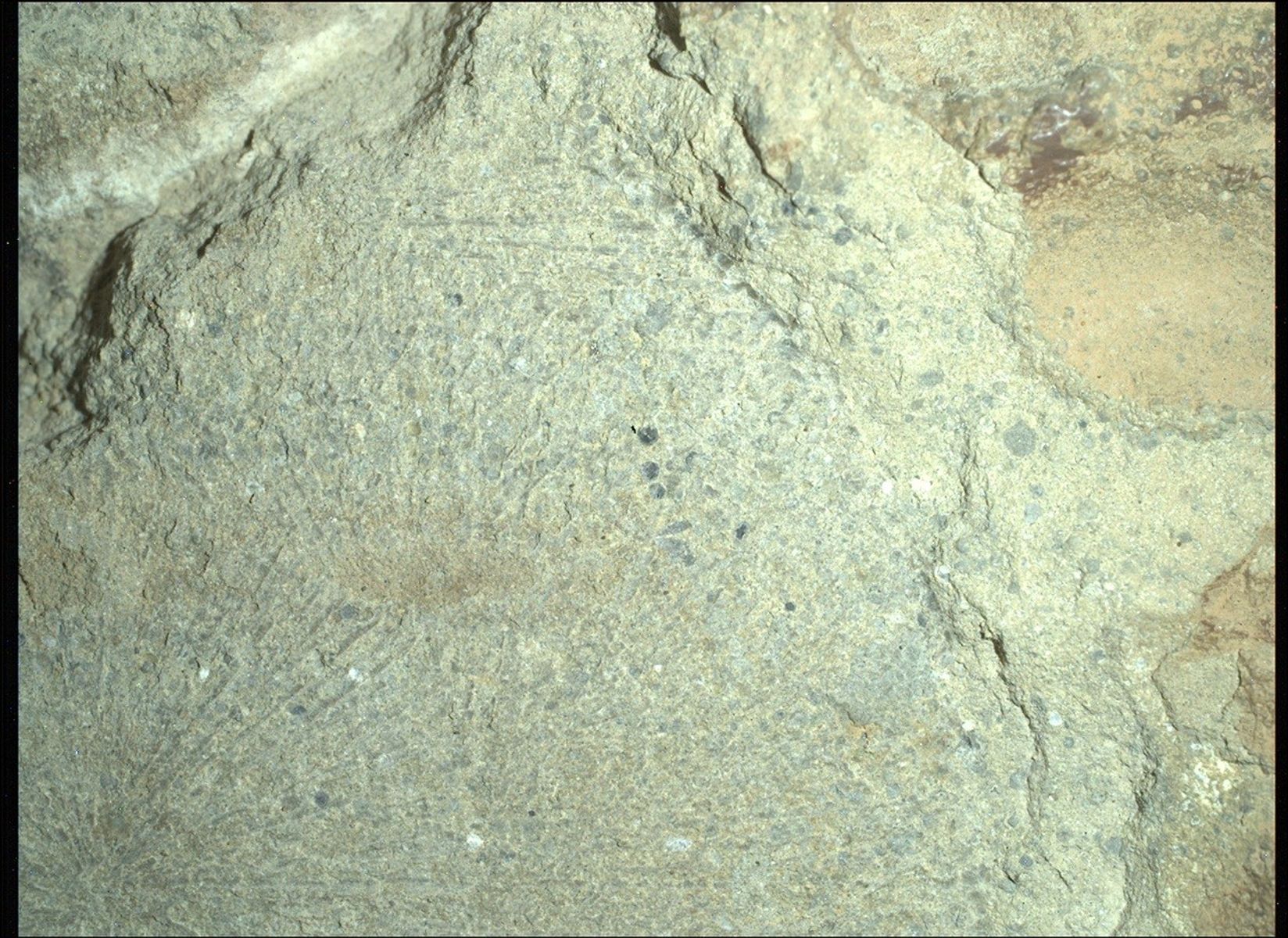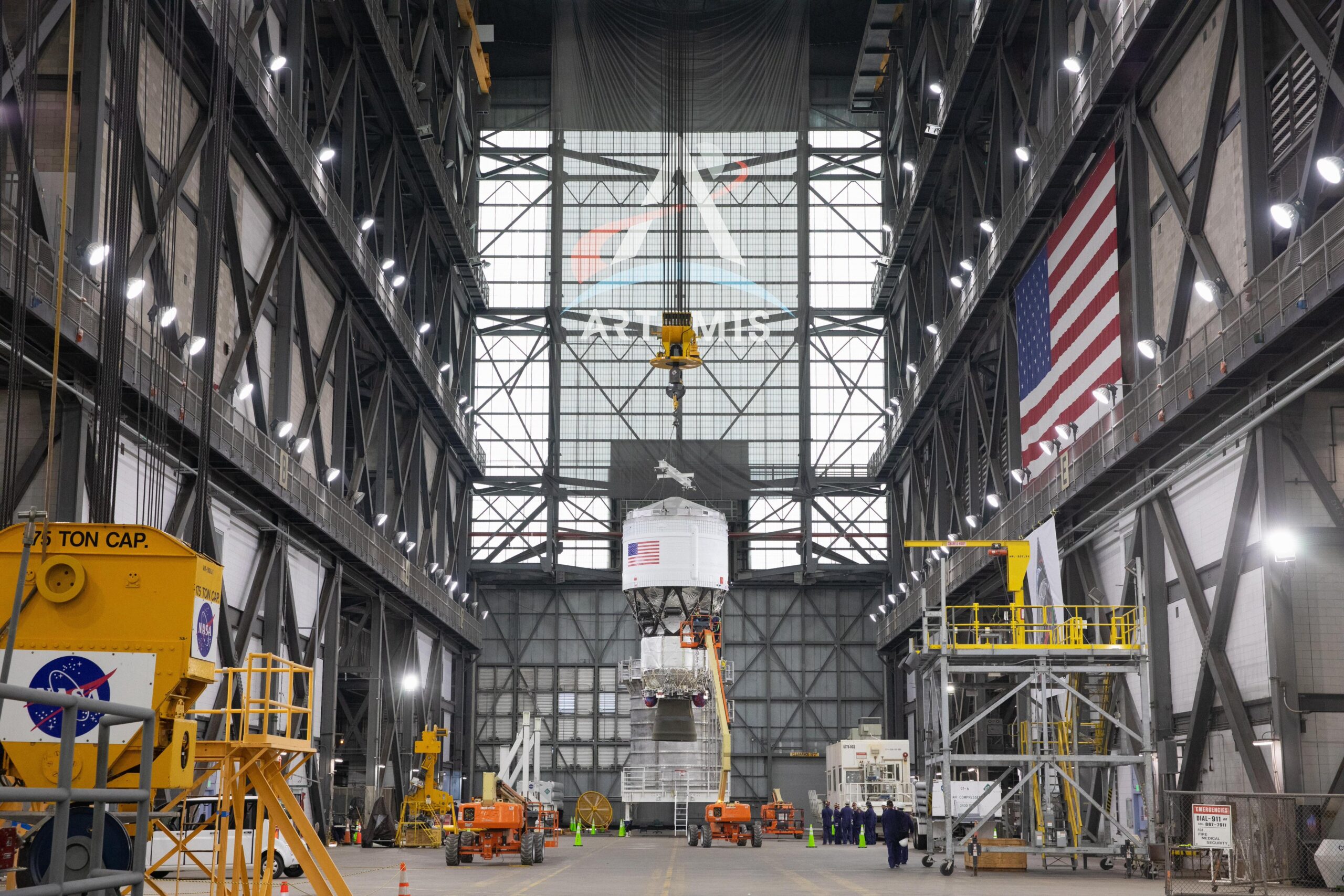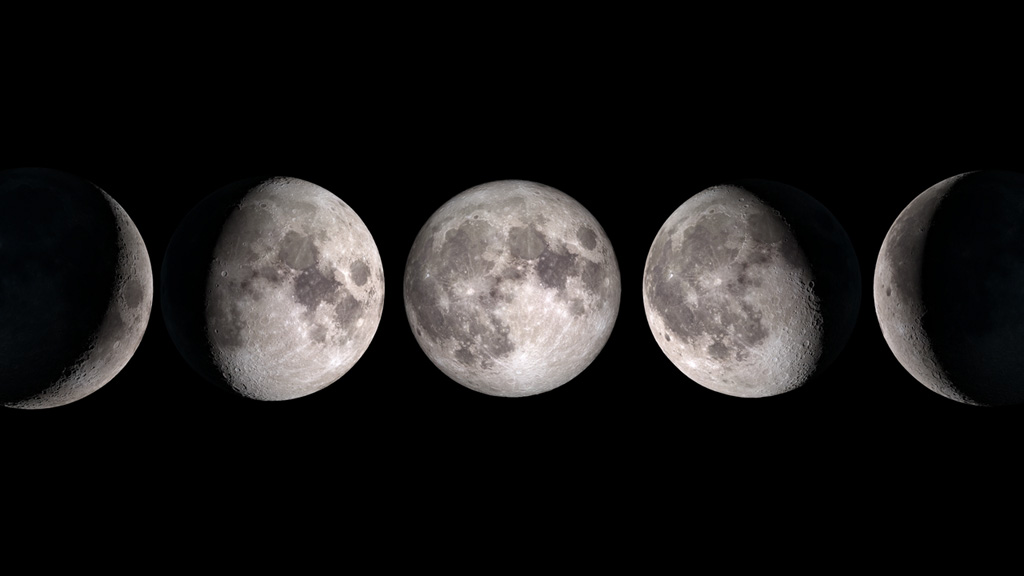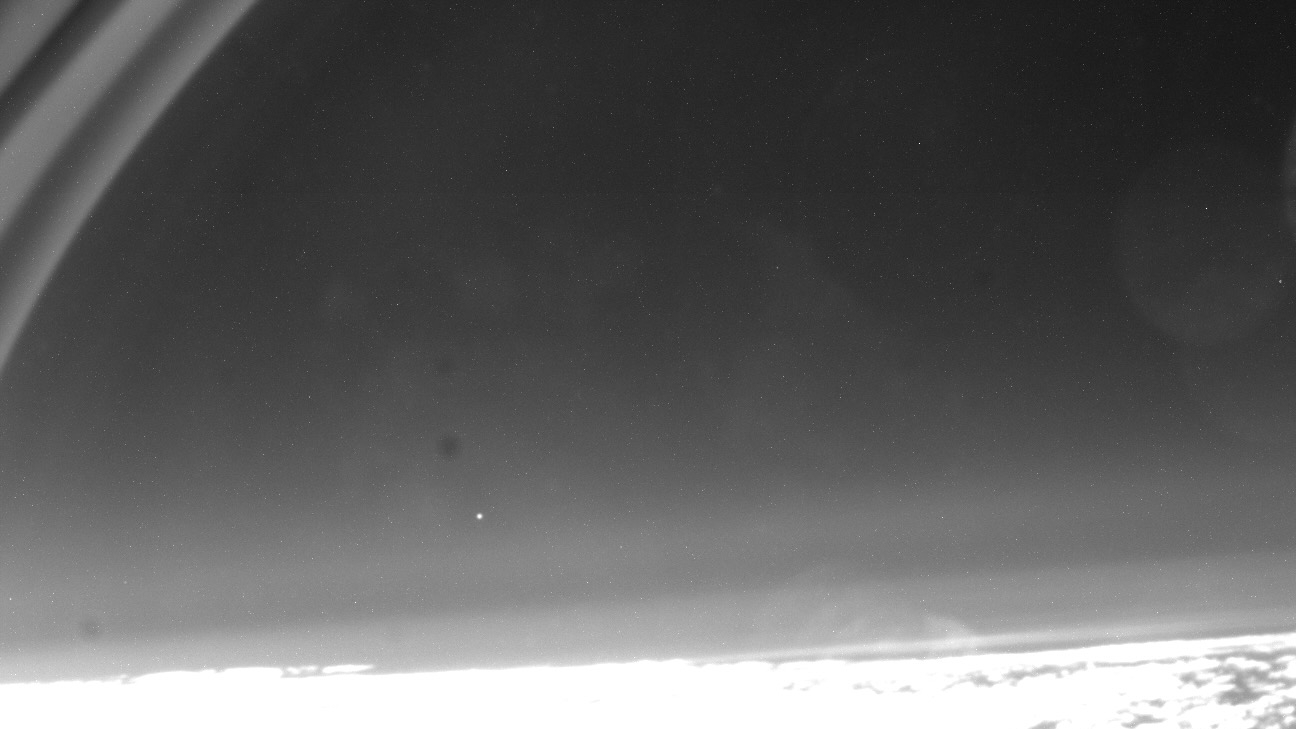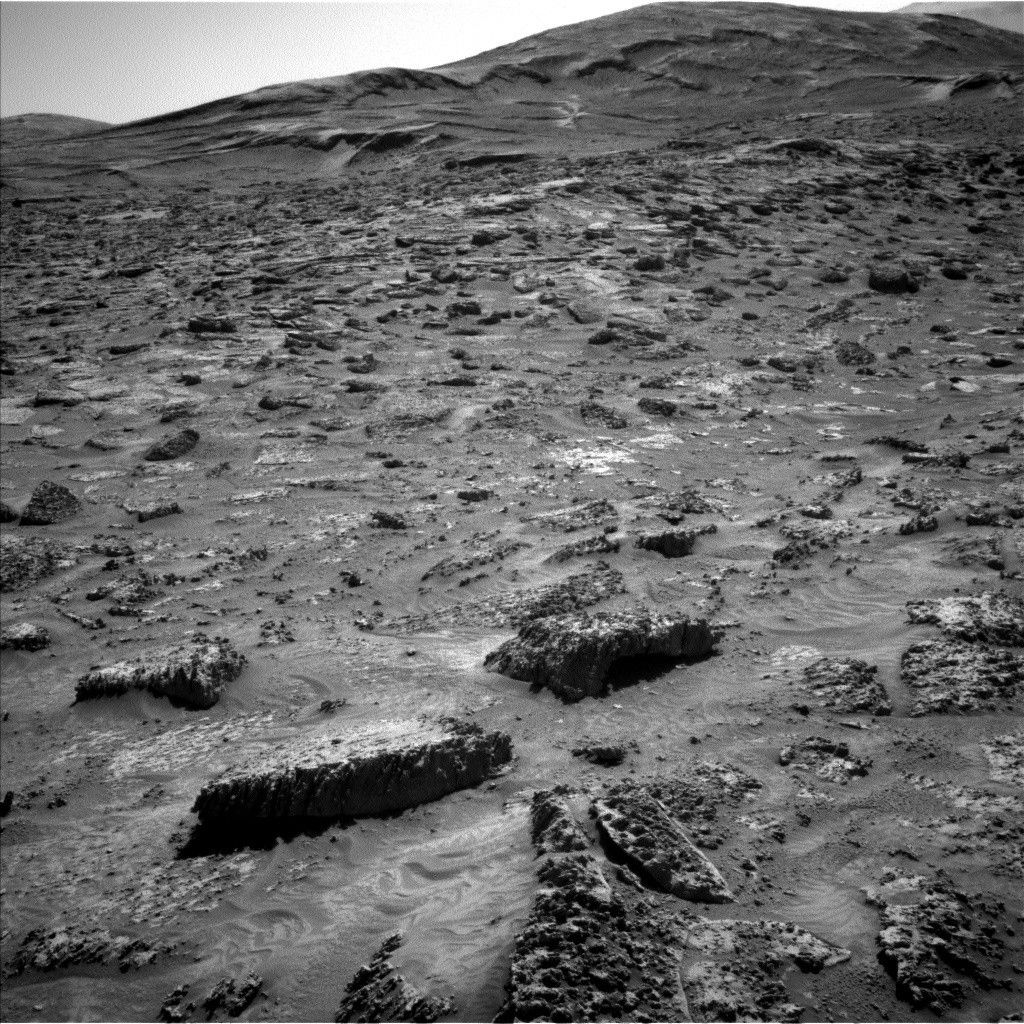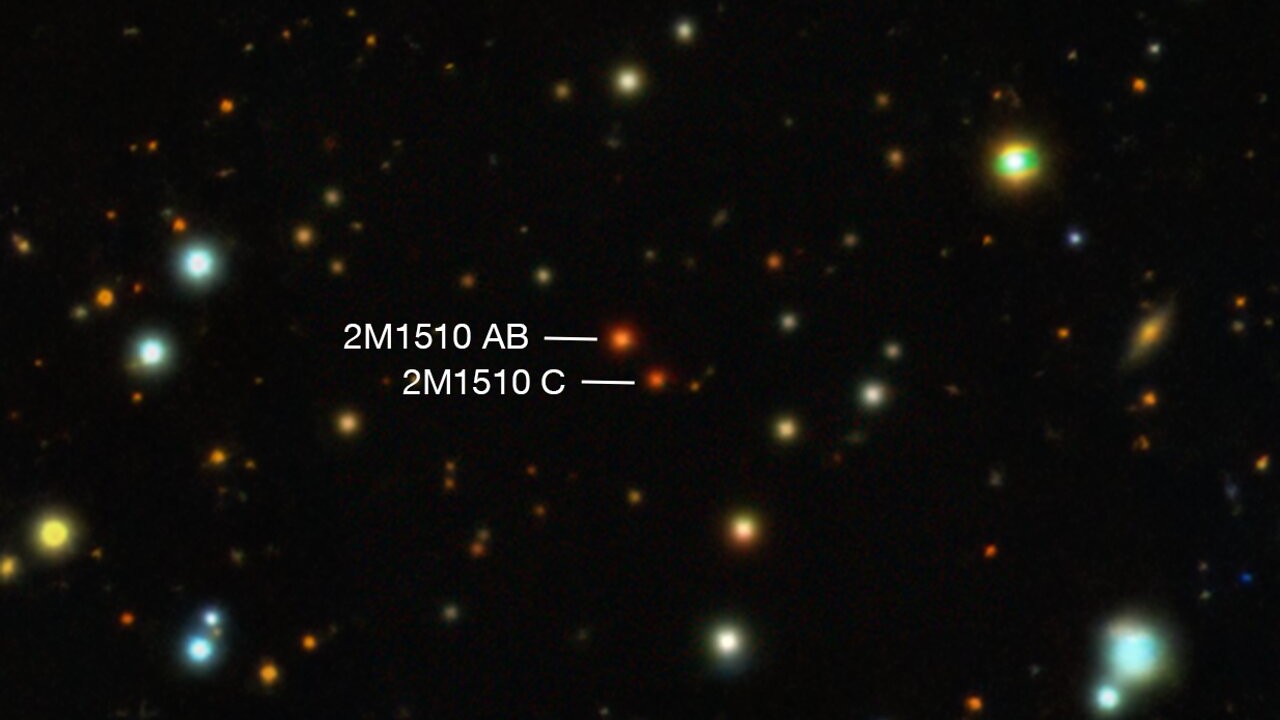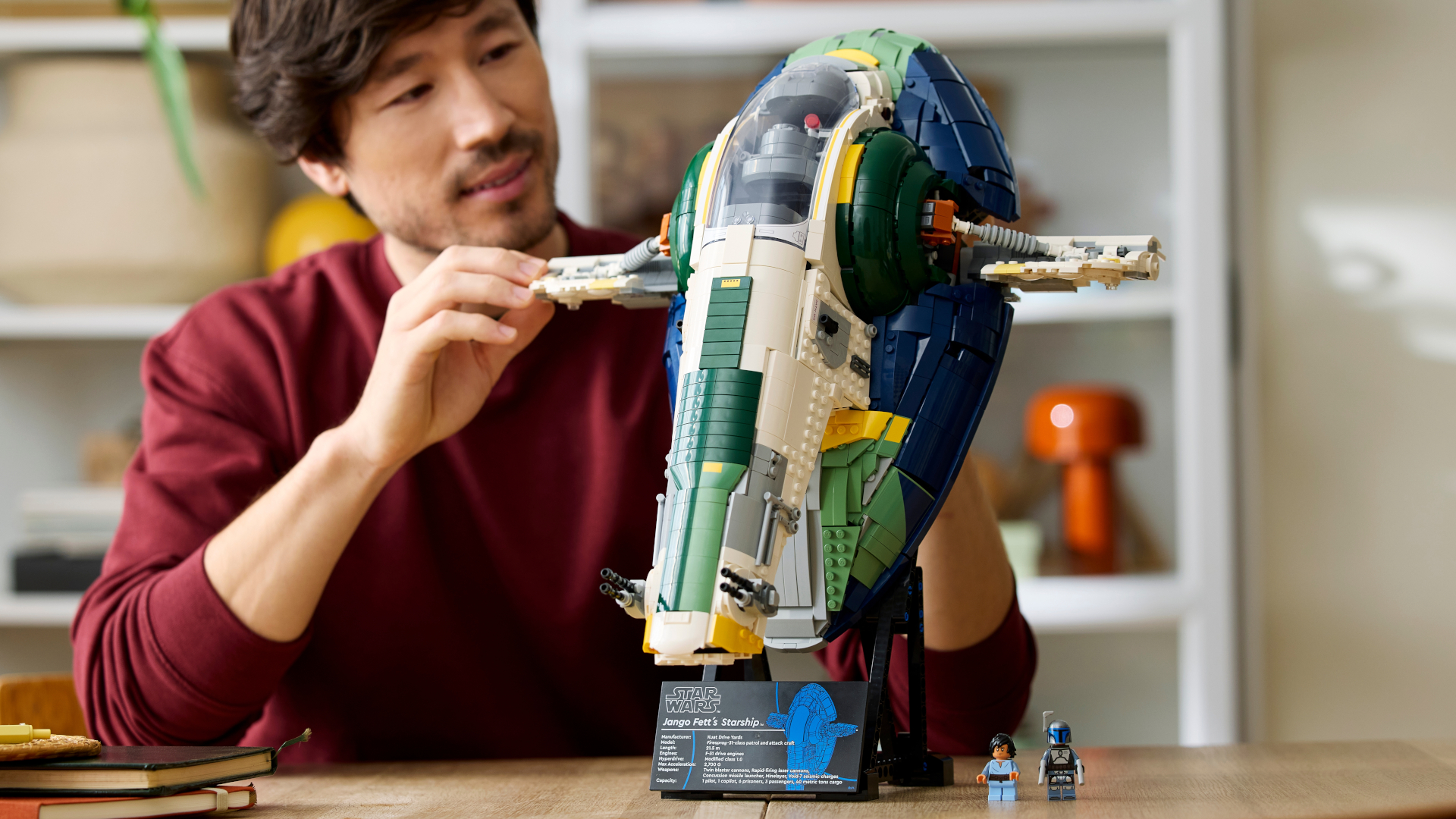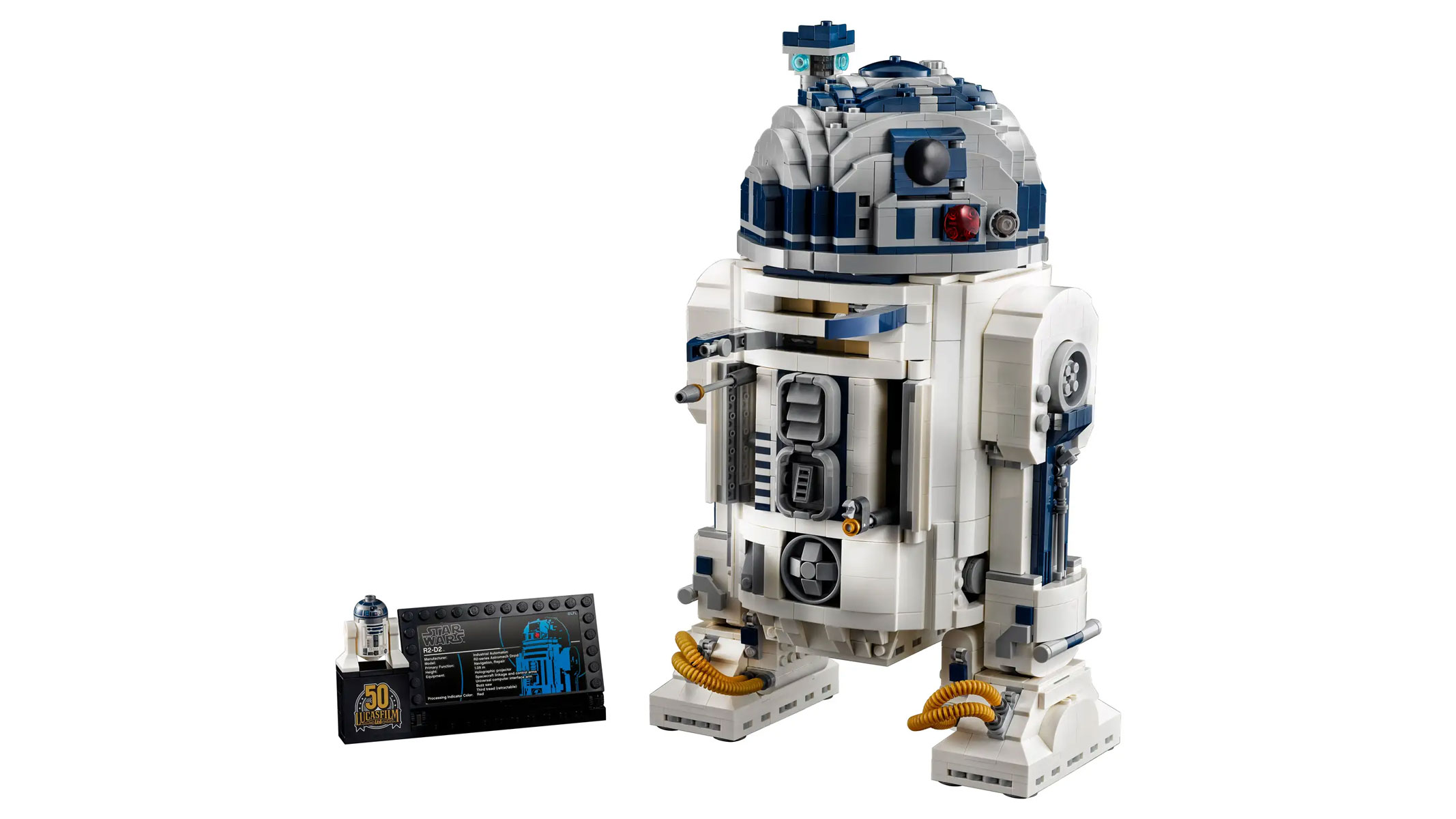Explore This Section Perseverance Home Mission Overview Rover Components Mars Rock Samples Where is Perseverance? Ingenuity Mars Helicopter Mission Updates Science Overview Objectives Instruments Highlights Exploration Goals News and Features Multimedia Perseverance Raw Images Images Videos Audio More Resources Mars Missions Mars Sample Return Mars Perseverance Rover Mars Curiosity Rover MAVEN Mars Reconnaissance Orbiter Mars Odyssey More Mars Missions Mars Home 2 min read Searching for Spherules to Sample Subsurface spherules: This image of the Hare Bay abrasion patch was acquired by the WATSON camera on Sol 1480 (April 19,…
Read MoreNASA’s Artemis 2 moon rocket gets 2nd stage even as Trump tries to scrap Space Launch System (photos)
The Artemis 2 megarocket set to launch NASA’s next astronauts to the moon in 2026 is almost completely assembled. The giant Space Launch System (SLS) rocket continues to grow inside the NASA’s Vehicle Assembly Building (VAB). Technicians at the Kennedy Space Center (KSC), in Florida, stacked the rocket’s second stage onto the launch vehicle Thursday (May 1). The Interim Cryogenic Propulsion Stage (ICPS) is responsible for carrying the Orion spacecraft and crew the rest of the way into orbit around the Earth, and then sending them on their way to…
Read More20 years ago, ‘Star Wars: Episode III – Revenge of the Sith’ hit theaters… but 2 weeks earlier, the tie-in game had already spoiled the ending
The year is 2005. I’m eagerly awaiting Revenge of the Sith, the Star Wars chapter that completes Anakin Skywalker’s journey. I don’t know that Episode VII will happen ten years later, so for me, this could be the final Star Wars movie I’ll get to see in theaters. There’s a twist, though; the tie-in video game adaptation arrives roughly two weeks before Episode III hits theaters, and it ruins the whole plot. What went wrong? Nothing, actually, as George Lucas didn’t care about spoilers getting out well in advance of…
Read MoreWhat time is it on the moon? US House space committee wants a standard lunar clock
We are one step closer to getting a lunar time zone this week, as a bill passed out of the US House Science, Space and Technology committee directs the administrator of NASA to develop a way to coordinate and measure time on the moon. The bill is titled The Celestial Time Standardization Act (or HR 2313), and was passed out of committee by a voice vote on Tuesday (April 29). It now goes to the full House for a future floor vote. If it passes the House (and then the…
Read MoreScientists chased a falling spacecraft with a plane to understand satellite air pollution
A dramatic aircraft chase of a falling spacecraft has provided new insights into the fiery processes that accompany the atmospheric demise of retired satellites. The measurements will help scientists better understand how satellite air pollution affects Earth’s atmosphere. In early September last year, a team of European scientists boarded a rented business jet on Easter Island to trace the atmospheric reentry of Salsa, one of the European Space Agency‘s (ESA) four identical Cluster satellites. The aircraft was fitted with 26 cameras to capture the brief occurrence in different wavelengths of…
Read MoreSols 4527-4528: ‘Boxwork Ahoy!’
Curiosity Navigation Curiosity Home Mission Overview Where is Curiosity? Mission Updates Science Overview Instruments Highlights Exploration Goals News and Features Multimedia Curiosity Raw Images Images Videos Audio Mosaics More Resources Mars Missions Mars Sample Return Mars Perseverance Rover Mars Curiosity Rover MAVEN Mars Reconnaissance Orbiter Mars Odyssey More Mars Missions Mars Home 2 min read Sols 4527-4528: ‘Boxwork Ahoy!’ NASA’s Mars rover Curiosity acquired this image looking directly west and showing a first ground view of the boxwork structures the rover is driving toward. The boxwork structures are visible in…
Read More10 must-have ‘Star Wars’ books and novels coming soon to your galaxy
Close down the airlocks and batten all hull hatches for a veritable meteor storm of new “Star Wars” books coming to us over the next year. These magnificent titles were recently announced at the official Lucasfilm Publishing panel “Stories From a Galaxy Far, Far Away” during this past month’s Star Wars Celebration Japan 2025. Physical media is making a major comeback these days, whether it’s remastered premium vinyl soundtracks of your favorite films or special edition 4K UHD Blu-ray releases of indie gems and Hollywood classics. Star Wars fanatics are…
Read MoreWhat would it be like living on Tatooine from ‘Star Wars’? This exoplanet orbiting twin suns could tell us
A Tatooine-like world with a key difference from the desert planet in “Star Wars” has been serendipitously discovered orbiting not two stars, but a pair of brown dwarfs. What’s more, this wacky planet doesn’t orbit around the brown dwarfs’ equator, but instead up and down over their poles. In the “Star Wars” universe, Luke Skywalker famously came from the planet of Tatooine, which had two suns and double sunsets. Tatooine is in a circumbinary orbit, which means that it doesn’t orbit one star, but instead orbits both stars of a…
Read MoreFor Star Wars Day, May the 4th, you’ll have to use all your Jedi powers to grab this Lego set — Jango Fett’s Starship WILL sell out fast
For Star Wars Day, May 4th (‘May the 4th be with you’) Lego has dropped what might just become one of the best Lego Star Wars sets of all-time. The incredibly detailed Jango Fett Starship set (75409) is out now at Lego, and is the first new Star Wars UCS sets of 2025. The all-new 2,970-piece Lego set is priced at $299.99 and for a very limited time Lego is gifting buyers of this brilliant new Lego set with three Star Wars Lego themed gifts. Jango Fett’s Starship Key Chain,…
Read MoreGet everybody’s favorite droid at its lowest-ever price for Star Wars Day!
Today is Star Wars Day and there are loads of deals to be had for Star Wars fans! This Lego Star Wars R2-D2 collectible is at its lowest ever price, down 30% to $168! The 2315-piece set will please classic and new Star Wars fans and is a steal at this limited-time price. Save 30% on Lego R2-D2 when you grab it on Amazon This is one of the biggest Lego Star Wars deals available at the moment, you can grab the display model R2-D2, which comes with an information…
Read More
